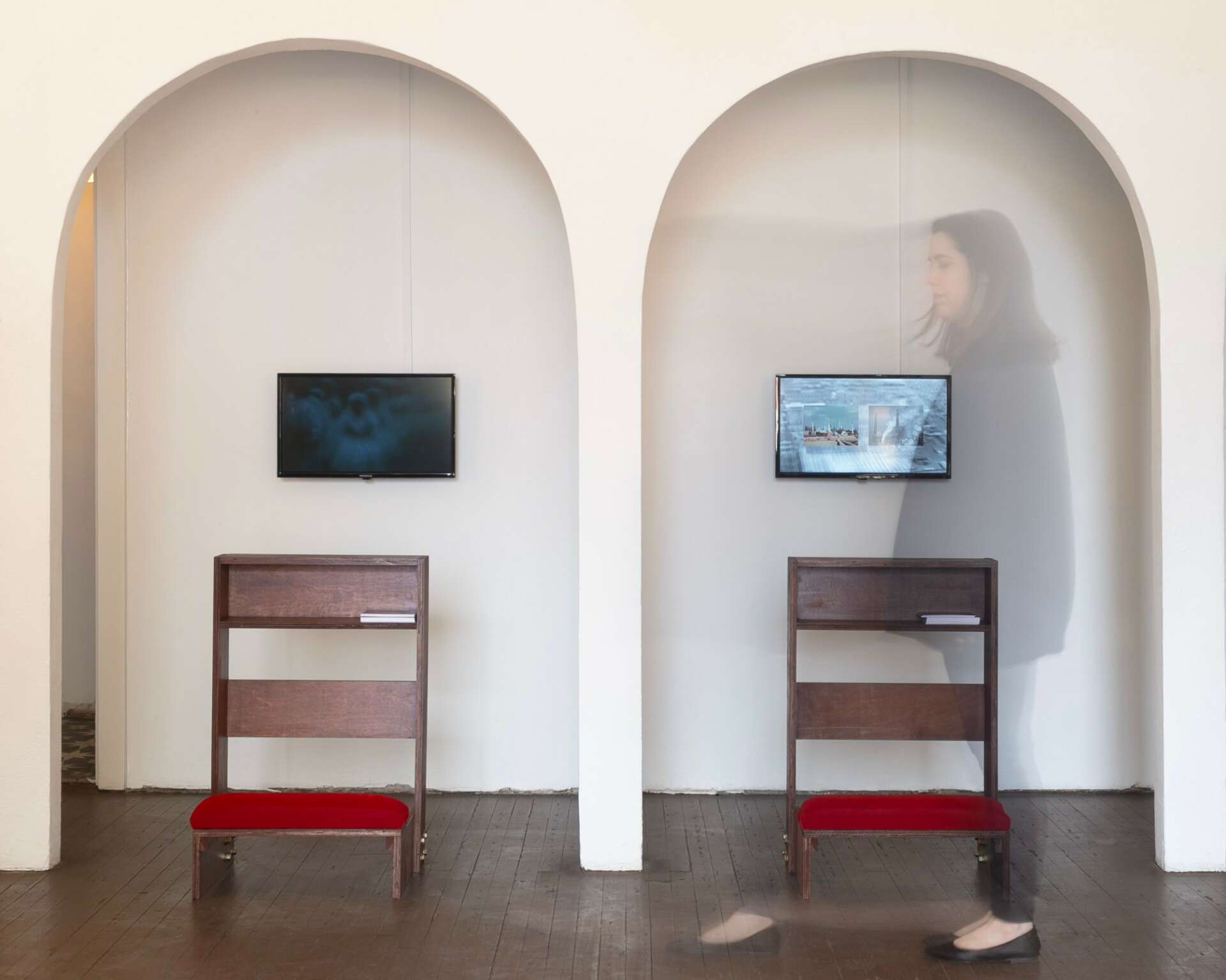We were lucky to catch up with Kaitlyn Jo Smith recently and have shared our conversation below.
Kaitlyn, thanks for taking the time to share your stories with us today What’s been the most meaningful project you’ve worked on?
I make art as a way to understand my time and place in the world. For me it is incredibly important that I tell meaningful stories through my work. I am constantly asking my students when they are conceptualizing projects: Why do you care? Why should I? If those questions can’t be answered why are you creating the piece at all?
I grew up in a rural, midwest, farming community. These are the people I love and the stories I hold closest to my heart. These are also the voices I notice missing from urban gallery and museum spaces. Through my work I am trying to create pathways for understanding between socio-economic divides through representation. I make art for working class Americans, a population typically excluded from the art world. It is my hope that through my attempts at understanding my own histories, I open doors for conversations surrounding issues of unemployment, security, faith, democracy and tradition.

Awesome – so before we get into the rest of our questions, can you briefly introduce yourself to our readers.
I am an artist and educator currently based in Tucson, AZ. I grew up in rural Ohio and received my BFA at Columbus College of Art and Design in 2016. In 2017 I moved to Arizona, receiving my MFA from University of Arizona in 2020.
My interdisciplinary studio research considers the implications of automation on labor and religion in relation to America’s working class. Through the implementation of automated technologies and machine learning, my work questions the authority of algorithms while promoting a dialogue around future applications of artificial intelligence.
Inspired by a rural upbringing, my practice explores the overlap between catholicism and manufacturing. In American Standard, I render visible the intangible realities of unemployment, using automated technologies that are directly linked to the loss of over four million US manufacturing jobs since 2000. Like American Standard, Confessional Kiosk employs machine learning. In this installation, an AI priest offers penances to examine religion as a social domain in which automated decision-making becomes morally questionable.

Do you think there is something that non-creatives might struggle to understand about your journey as a creative? Maybe you can shed some light?
I don’t have a five year plan (or honestly even a one year one). Part of being an artist is embracing the unknown. While I set goals for myself, I find it is helpful to be open to chance, applying to the shows you think are long shots and saying yes to opportunities. I have found myself in some of the most unexpected places (a Roman bath in Portugal, poolside seeing my work published for the first time in Vegas). These things weren’t on my bucket list; they happened because I let go of such rigid expectations of what life should be. While it is good to be prepared, once in a lifetime experiences happen when you learn to step outside of your comfort zone.

For you, what’s the most rewarding aspect of being a creative?
I love to teach. I am currently an adjunct instructor at the University of Arizona where I have roughly 250 students. Helping them from ideation to creation of a work is especially rewarding. Seeing their ideas come to fruition inspires me to work harder and think bigger. I find I have the best studio days after sitting through their critiques. My student’s passion and resilience reminds me of why I began my own creative journey.
For me art is about connection: student to teacher, artist to viewer. Seeing others spend time with and react to my work pushes me to create. By telling my own stories, I have found people willing to share their experiences with me. The more I show my work, the smaller and more interconnected the world becomes.

Contact Info:
- Website: http://www.kaitlynjosmith.com/
- Instagram: https://www.instagram.com/kaitlynjosmith/
Image Credits
Portrait of me: Julius Schlosburg All other photos are my own.


